Cash Advance Apps For Gig Workers
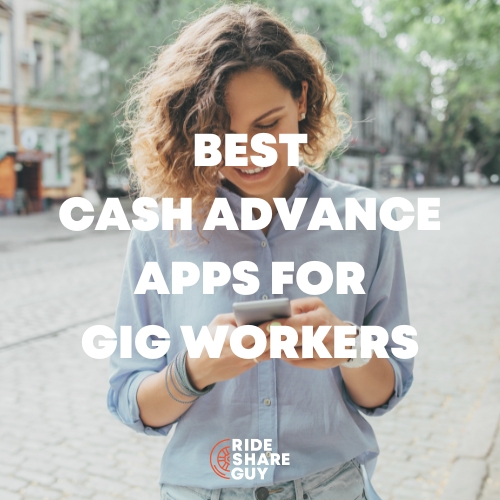
The rise of the gig economy, fueled by platforms like Uber, DoorDash, and TaskRabbit, has created a new class of worker: independent, flexible, and often financially vulnerable. While offering autonomy and control, gig work also comes with unpredictable income streams, making it difficult for many to manage day-to-day expenses. This volatility has spurred the growth of cash advance apps tailored specifically to gig workers, promising quick access to funds between payouts, but these services are increasingly facing scrutiny regarding their potential to trap users in cycles of debt.
These apps, often marketed as a responsible alternative to payday loans, provide small, short-term advances, typically repaid from the worker's next earnings. While they appear to offer a lifeline to those facing immediate financial needs, understanding their terms, associated fees, and long-term implications is crucial. This article delves into the world of cash advance apps for gig workers, exploring their benefits, drawbacks, and the regulatory landscape shaping their future.
How Cash Advance Apps Work for Gig Workers
Cash advance apps designed for gig workers operate on a simple premise: they analyze a worker's historical earnings data to determine an advance limit. This analysis often involves linking the app to the worker's bank account and gig platform accounts.
The advance amount is typically small, ranging from a few dollars to a few hundred, and is repaid automatically when the worker receives their next gig payment. Many apps pride themselves on not charging interest, but instead rely on tips or subscription fees.
Companies like Earnin, Branch, and DailyPay are among the leading players in this market. Each app has its own specific features, fee structures, and eligibility criteria.
Benefits of Using Cash Advance Apps
For gig workers struggling with inconsistent income, cash advance apps can offer several key benefits. They provide a safety net for unexpected expenses, such as car repairs or medical bills. This quick access to funds can prevent late fees or overdraft charges.
They can also help workers avoid high-interest payday loans, which often carry exorbitant fees and can lead to a cycle of debt. For many, these apps offer a more convenient and accessible alternative to traditional bank loans or credit cards.
"The flexibility of gig work is great, but the income uncertainty can be stressful," says Maria Rodriguez, a freelance delivery driver. "These apps have helped me cover unexpected costs without resorting to predatory lenders."
Drawbacks and Potential Risks
Despite their apparent benefits, cash advance apps also carry potential risks. The reliance on tips or subscription fees can still make them a costly option, especially for frequent users.
The seemingly small fees can add up over time, potentially exceeding the cost of a traditional loan. Furthermore, the ease of accessing funds can lead to overreliance on these apps, creating a dependency that can be difficult to break.
Consumer advocacy groups have raised concerns about the lack of transparency in some app's fee structures. They also express concerns about the potential for users to become trapped in a cycle of borrowing, where they constantly rely on advances to make ends meet.
The Regulatory Landscape and Future Outlook
The regulatory landscape surrounding cash advance apps is still evolving. Because many apps don't explicitly charge interest, they often operate outside the purview of traditional lending regulations.
This lack of clear regulation has led to calls for greater oversight to protect consumers. Some states are beginning to examine these apps more closely, seeking to define their legal status and ensure fair lending practices.
The Financial Technology Association (FTA), which represents many fintech companies, argues that these apps provide valuable services to underserved populations. They support responsible innovation and advocate for clear regulatory frameworks that balance consumer protection with access to financial services.
Perspectives on the Impact
Some argue that cash advance apps are a necessary tool for gig workers navigating the challenges of unstable income. They allow workers to bridge the gap between paychecks and avoid more costly alternatives.
Others view them with skepticism, warning that they can perpetuate financial instability and exploit vulnerable workers. They emphasize the need for financial literacy and access to alternative resources, such as credit counseling and emergency savings programs.
The long-term impact of cash advance apps on the gig economy remains to be seen. As the gig economy continues to grow, the demand for these services is likely to increase.
Conclusion: Navigating the World of Cash Advance Apps
Cash advance apps can be a valuable tool for gig workers facing income volatility, providing a quick and convenient source of funds when needed. However, it is crucial to approach these services with caution and a clear understanding of their terms and potential risks.
Before using a cash advance app, gig workers should carefully evaluate their financial situation and consider alternative solutions. Building an emergency fund, even a small one, can provide a buffer against unexpected expenses. Seeking financial advice from a qualified professional can also help workers develop a sustainable budget and manage their finances effectively.
As the regulatory landscape evolves, greater transparency and consumer protections are needed to ensure that these apps serve as a genuine lifeline and not a financial trap for the growing number of gig workers relying on them. Responsible use, combined with increased awareness and regulatory oversight, will be key to maximizing the benefits of these services while mitigating their potential harms.
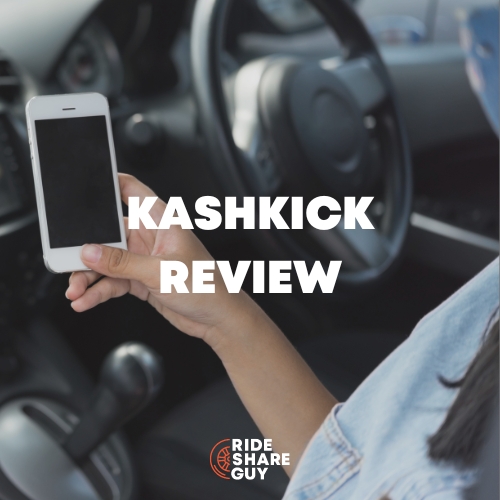
![Cash Advance Apps For Gig Workers Cash Advance For Gig Workers: The Guide [2023]](https://overdraftapps.com/wp-content/uploads/2023/05/cash-advance-apps-for-gig-workers-768x470.jpeg)

![Cash Advance Apps For Gig Workers Instant Cash Advance For Gig Workers🤑 [Up to $5,000]- GigsCheck.com](https://i.ytimg.com/vi/HDr7v-Xu0Bk/maxresdefault.jpg)

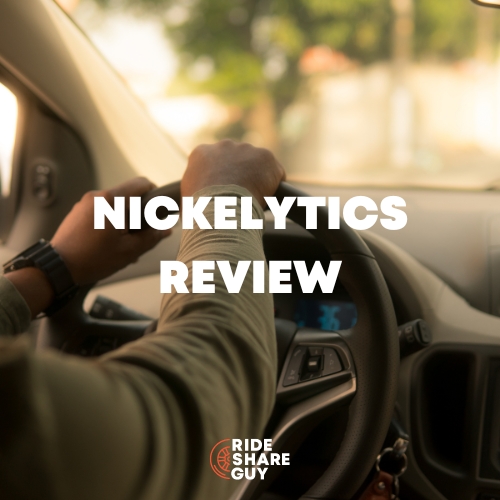





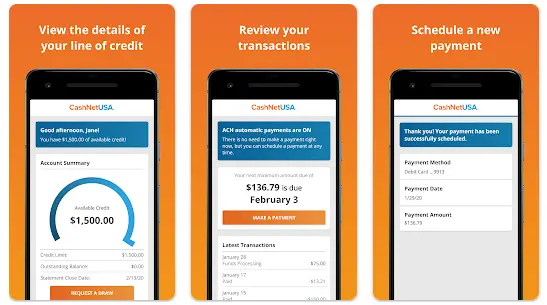
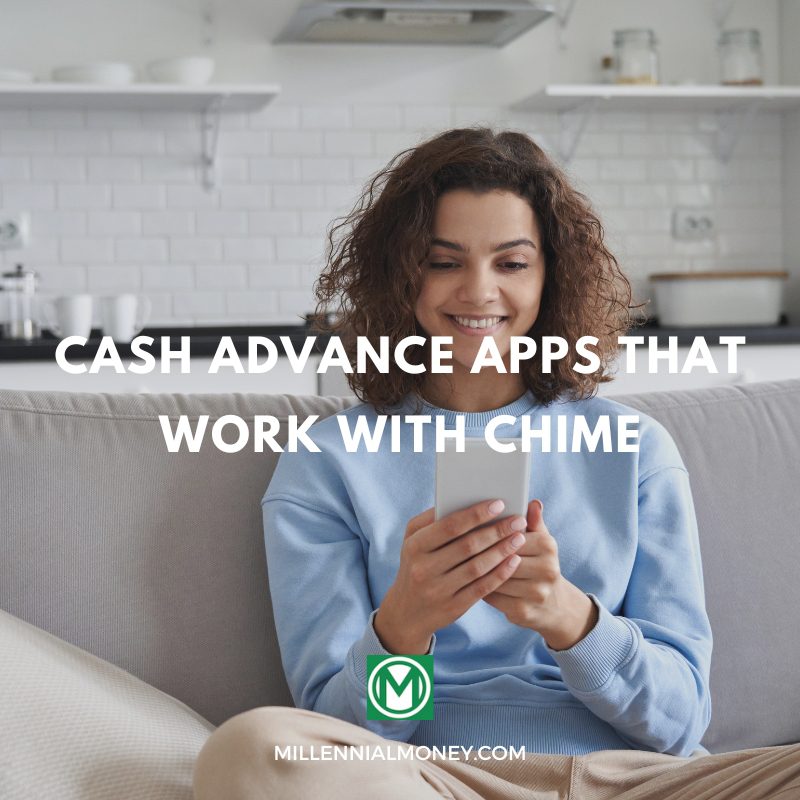
![Cash Advance Apps For Gig Workers Cash Advance For Gig Workers: The Guide [2023]](https://overdraftapps.com/wp-content/uploads/2023/08/IMG_0285gerald-1536x1024.jpg)


![Cash Advance Apps For Gig Workers Cash Advance For Gig Workers: The Guide [2023]](https://overdraftapps.com/wp-content/uploads/2023/05/image-7-1024x226.png)
